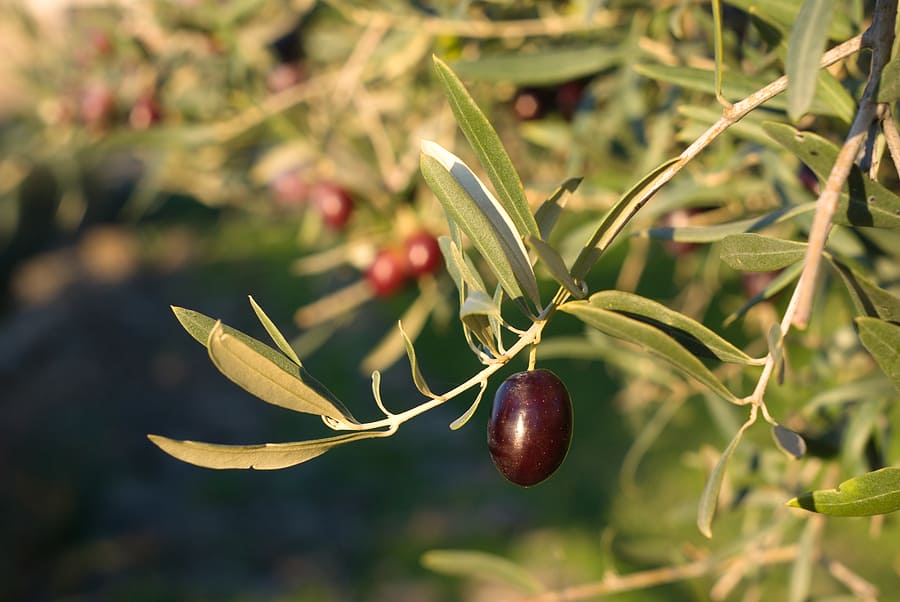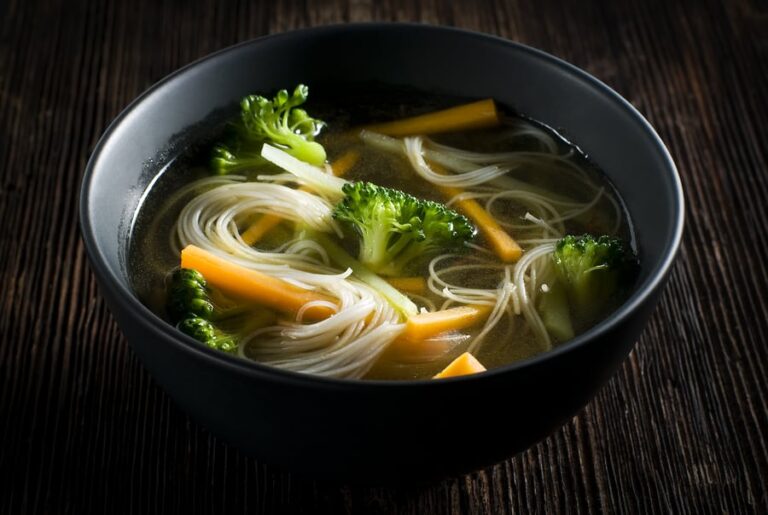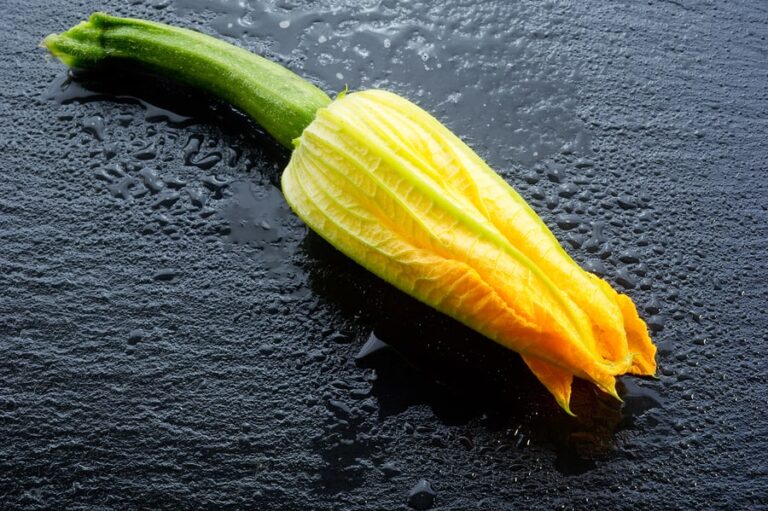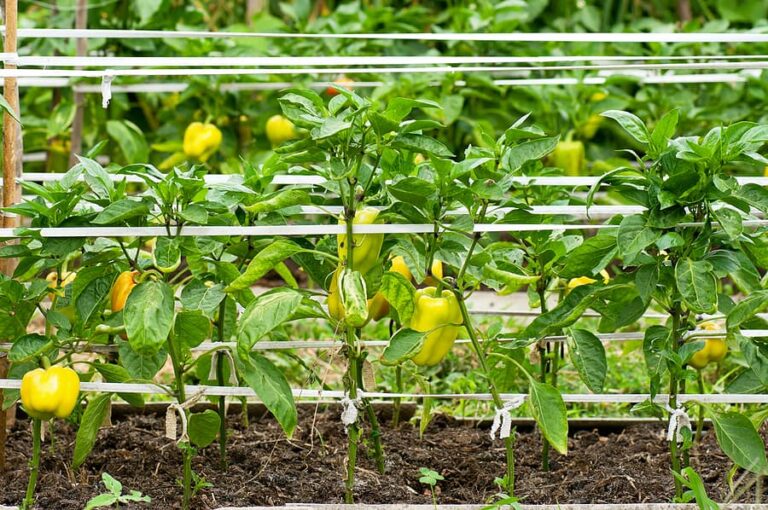Ways to Prepare and Serve Olives
Olives are fruits. They are either cured for table consumption or pressed for cooking oil.
Black olives are ripe. Green olives are not. Green olives have a salty, tart taste. Black olives have a smooth, mellow taste.
Ways to serve olives
Olive fruit is most often served as an appetizer or added to salads, meat, and poultry dishes. Use olives in tapenade, pizza, stuffed veal scallops, beef casserole, and duck. The Greek horiatiki salad contains raw vegetables, feta cheese, and olives. Olives are part of Middle Eastern mezze (appetizer platter).
Green olives are sometimes pitted and stuffed with pimiento, anchovies, or almonds. Sliced pimiento-stuffed green olives can be used to garnish a variety of savory dishes.
Green olives are served pitted, unpitted, or stuffed. Green olives are sometimes stuffed with pimiento, anchovies, tiny onions, or whole-blanched almonds. Black onions are served pitted, unpitted, sliced, and chopped.
Olives add a tangy flavor to pasta sauces, stews, and braised dishes. Olives can be added to potato and pasta salads and casseroles. Minced olives can be added to bread dough, stuffings, sandwich fillings, and pizza toppings. Both green and black olives are popular appetizers because they have a salty flavor.
How to prepare olives
Olives that are too salty can be rinsed under cold water or submerged in water to mellow the flavor. Boiling olives will also reduce saltiness and acidity. To pit an olive, use the flat side of a heavy knife to press and lightly crush the fruit; the pit will be easier to remove.
Color of olives
- Green olives are harvested when they reach their normal size but just before they change color. As olives ripen they turn from green to purple to blue-black. A few varieties remain green or copper brown when ripe.
- Black olives are graded by size: from small (3.2 to 3.3 grams), to medium, large, extra-large, jumbo, colossal, and super-colossal (14.2 to 16.2 grams).
Four popular olive varieties
There are more than 700 olive varieties. Olives range in size and shape according to variety. Some olives are round, others are oval or elongated; some have pointed ends.
- Manzanillo. Large, rounded-oval fruit with lots of flesh. The most popular table olive in the world and excellent for oil; has a rich flavor when pickled. Average oil content. Skin is deep blue-black when mature. Ripens early to avoid autumn frost. From Spain.
- Sevillano. Very large fruit with a large stone. Crisp flavor. Blue-black when ripe. Low oil content; used mostly for pickling. Very popular for canning. Salt-brine cured. From Spain
- Mission. Medium-sized, blue-black fruit when ripe. Tart to a bitter flavor. For pickling and oil. Most popular for making cold-pressed olive oil in California.
- Ascolano. A large, ellipsoidal-shaped, tender, light-colored fruit with a small pit. Ascolano has good flavor and requires only moderate lye treatment for pickling. Ascolano is a popular table olive also used for processing.
Olives harvest season
Olives flower small white blossoms in spring; fruit set follows and harvest comes in late autumn until mid-winter.
Curing olives after harvest
Olives directly from the tree contain a bitter alkaloid called oleuropein that irritates the digestive tract and leaves them inedible. Curing dissipates the olive’s bitterness and preserves them. Table olives can be cured with water, oil, brine, salt, or lye. The longer an olive cures the less bitter and more intricate its flavor will become. The flavor of olives can range from sour to smoky to bitter to acidic.
Olives for table use can be cured in different ways. Unripe, green olives can be fermented in a fast-acting lye solution for a crisp texture and nutty flavor; this is known as the Spanish method. Half-ripe, yellow-red olives can be soaked in lye solution without fermenting; this is known as the American method. Fully ripe black olives can be fermented in a brine (saltwater) solution for a sweet, rich flavor; this is known as the Greek method. Curing can take from 2 weeks to more than a month. Olives also can be flavored by soaking in marinades of herbs, spices, and other flavorings.
How to choose olives
Olives are often sold sealed in cans and jars. Olives sold in bulk should be well covered in brine or oil to ensure they are moist and fresh.
How to store olives
Olives will keep covered in brine in an airtight container for several weeks. If a white film forms on the surface of the brine, skim it away before using the olives. When olives become overly soft, throw them away. Olives in a sealed container will keep for more than a year.
Olive nutrition
Olives are a good source of iron, Vitamin E, and dietary fiber.
Olive oil
Olive oil is made from crushing and pressing ripe olives and is used as salad dressing and cooking oil. Whole olive fruit–both flesh and pit–consists of 20 to 30 percent oil; the pulp is 60 to 80 percent oil. Olive oil ranges in taste from sweet to bland. Most olive oil is a greenish-yellow color.
About olives
Olives have been in cultivation since 5000 B.C. The olive is believed to have originated in Crete and spread through the Mediterranean region to Greece, Asia Minor, Palestine, and Egypt. Spanish and Portuguese explorers and traders introduced the olive to the Americas. Olives grow best in semi-tropical climates. Olives are grown around the Mediterranean, California, South Africa, Australia, and parts of South America.
The olive is an evergreen tree that grows from 10 to 25 feet tall. It has silvery green leaves that are gray-white on the underside. Olive trees bloom in spring and reach harvestable size after 6 to 8 months, maturing from autumn to mid-winter, from October to January in the northern hemisphere.
The botanical name for the olive is Olea europaea.
Also of interest:
How to Plant, Grow, Prune, and Harvest Olives
Related articles:
Planning the Home Fruit Garden
Garden Planning Books at Amazon:
- Vegetable Garden Almanac & Planner
- Kitchen Garden Grower’s Guide Vegetable Encyclopedia
- Vegetable Garden Grower’s Guide
- Tomato Grower’s Answer Book
More kitchen tips:
Bring your harvest to the table. Kitchen prep tips and easy recipes for the vegetables you grow. Click below for vegetable prep and recipes you can use now.
- Almonds
- Apples
- Apricot
- Aprium
- Artichoke
- Arugula
- Asparagus
- Avocado
- Bamboo Shoots
- Banana
- Basil
- Beans, Dried
- Beans. Long
- Beans, Shell
- Beans, Snap
- Beets
- Bitter Melon
- Blackberry
- Bok Choy
- Broccoli
- Broccoli Raab
- Brussels Sprouts
- Cabbage
- Cardoon
- Carrots
- Cauliflower
- Celeriac
- Celery
- Chard
- Chayote Squash
- Cherimoya
- Cherries
- Chestnut
- Chickpea
- Chinese Cabbage
- Chives
- Cilantro
- Citron
- Clementine
- Collards
- Coriander
- Corn, Sweet
- Corn, Baby
- Corn Salad, Mache
- Cranberry
- Cress
- Cucumber
- Daikon
- Dandelion
- Dill
- Eggplant
- Endive, Belgian
- Endive and Escarole
- Fava Beans
- Fig
- Florence Fennel
- Garlic
- Ginger
- Grapefruit
- Grapes
- Guava
- Horseradish
- Jerusalem Artichoke
- Jicama
- Jujube
- Kale
- Kiwifruit
- Kohlrabi
- Kumquat
- Leeks
- Lemongrass
- Lemons
- Lettuce
- Lime
- Mache (Corn Salad)
- Mandarin Orange
- Mango
- Maple Syrup
- Marjoram
- Melons
- Michihili
- Mint
- Mizuna
- Mushrooms
- Mushrooms, Cremini
- Mustard Greens
- Napa Cabbage
- Nectarine
- Okra
- Olives
- Olive oil
- Onions
- Oranges
- Oregano
- Parsley
- Parsley Root
- Parsnips
- Passion Fruit
- Pawpaw
- Peaches
- Pears
- Peas, Garden Snap
- Peas, Snow
- Pei Tsai
- Peppers, Chili
- Peppers, Sweet
- Persimmon
- Pineapple
- Pineapple Guava
- Plantain
- Plums
- Pluots
- Pomegranate
- Potatoes
- Prickly Pear
- Pumpkin
- Quince
- Radicchio
- Radishes
- Raspberries
- Rosemary
- Rhubarb
- Rutabaga
- Sage
- Salsify
- Sauerkraut
- Savory
- Shallots
- Sorrel
- Spinach
- Squash, Summer
- Squash, Winter
- Strawberries
- Sunchokes
- Sunflower
- Sweet Potato
- Swiss Chard
- Tangerine
- Taro
- Tarragon
- Thyme
- Tomatillo
- Tomato
- Turnip
- Turnip Greens
- Yams







